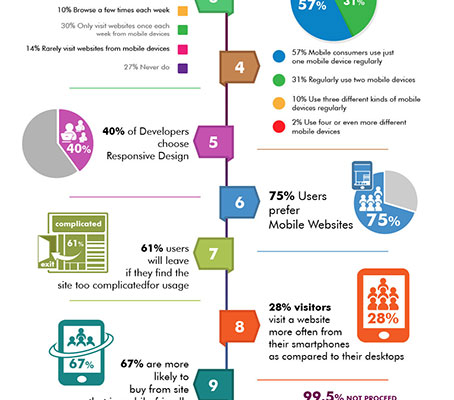Join Us As We Start A Trip Through Time, Discovering The Evolution Of Site Design And How It Has Actually Affected The Digital Landscape
Join Us As We Start A Trip Through Time, Discovering The Evolution Of Site Design And How It Has Actually Affected The Digital Landscape
Blog Article
internet seo solutions -Abel Wong
In the past, web sites were straightforward and focused on information. Navigating was direct, and design was for desktop computers. Currently, user experience is crucial. Information overviews layouts for simple navigating. Receptive designs suit various gadgets. Today, dark mode decreases stress, and minimalist menus enhance navigation. Interactive attributes engage individuals, and vibrant visuals stand apart. AI assimilation boosts interaction. See exactly how design has actually developed to enhance your online trip.
Very Early Days of Web Design
In the very early days of web design, simplicity preponderated. https://www.dentaleconomics.com/practice/marketing/article/14232961/how-dentists-can-write-an-seo-blog-in-15-minutes were fundamental, with minimal colors, fonts, and formats. The focus was on supplying details instead of showy visuals. Individuals accessed the net via sluggish dial-up links, so speed and capability were vital.
Navigation food selections were straightforward, typically located on top or side of the page. Internet sites were created for computer, as mobile browsing had not been yet common. Web content was king, and designers prioritized very easy readability over complex layout aspects.
HTML was the main coding language used, and designers had to function within its restraints. Computer animations and interactive functions were minimal compared to today's criteria. Web sites were static, with little vibrant content or individualized customer experiences.
Rise of User-Focused Layout
With the advancement of internet site design, a change towards user-focused design concepts has come to be significantly noticeable. Today, producing websites that prioritize individual experience is essential for engaging site visitors and accomplishing organization objectives. User-focused style includes understanding the demands, preferences, and habits of your target market to tailor the site's format, web content, and features appropriately.
Designers now perform extensive research, such as customer surveys and use testing, to gather insights and feedback directly from individuals. This data-driven technique helps in producing intuitive navigation, clear calls-to-action, and visually attractive user interfaces that resonate with site visitors. By placing the individual at the center of the layout process, sites can deliver an extra tailored and pleasurable experience.
Receptive design has actually also become a crucial facet of user-focused style, guaranteeing that websites are enhanced for various gadgets and display dimensions. This versatility enhances accessibility and use, satisfying the diverse ways individuals communicate with sites today. In essence, the rise of user-focused design indicates a shift in the direction of producing electronic experiences that focus on the needs and assumptions of completion customer.
Modern Trends in Website Design
Check out the most recent patterns forming website design today. One prominent pattern is dark mode style, providing a smooth and modern appearance while reducing eye pressure in low-light settings. An additional key fad is minimalist navigation, streamlining menus and improving customer experience by concentrating on essential elements. Integrating micro-interactions, such as computer animated switches or scrolling impacts, can create a much more interesting and interactive site. Receptive layout remains essential, ensuring smooth individual experiences throughout various tools. Furthermore, using vibrant typography and asymmetrical layouts can include visual passion and accentuate particular web content.
Integrating my google business profile , like chatbots for client assistance or tailored recommendations, improves user interaction and improves procedures. Access has also end up being a considerable trend, with developers prioritizing comprehensive design techniques to cater to varied customer demands. Embracing sustainability by maximizing web site performance for speed and effectiveness is another emerging fad in website design. Teaming up with customer comments and information analytics to repeat and enhance layout continuously is necessary for remaining appropriate in the ever-evolving electronic landscape. By welcoming these modern-day patterns, you can develop a visually attractive, easy to use internet site that resonates with your audience.
Conclusion
As you review the evolution of site design from the early days to now, you can see exactly how user-focused style has actually become the driving force behind modern fads.
Embrace the trip of modification and adjustment in website design, always keeping the customer experience at the leading edge.
Stay present with the most up to date patterns and modern technologies, and never quit evolving your technique to create aesthetically stunning and straightforward web sites.
Develop, adapt, and create - the future of website design remains in your hands.
